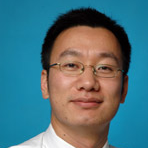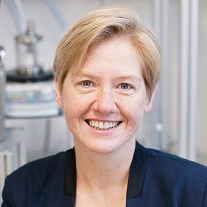Honorary Issue for Professor Anthony Fane
A special issue of Membranes (ISSN 2077-0375).
Deadline for manuscript submissions: closed (10 May 2022) | Viewed by 35991
Special Issue Editors
Interests: fluidization; multiphase flow; membrane-based separation; particle technology
Special Issues, Collections and Topics in MDPI journals
Interests: water and wastewater treatments by membrane processes; membrane fouling by biopolymeric materials; application of detailed characterization of macromolecular and particulate foulants
Special Issues, Collections and Topics in MDPI journals
Interests: membrane technology; desalination; wastewater reclamation; water chemistry; environmental materials
Special Issues, Collections and Topics in MDPI journals
Interests: membrane bioreactors; fouling; emulsion separation; organic solvent nanofiltration; enzyme processes; bioprocesses; wastewater treatment
Special Issue Information
Dear Colleagues,
This Special Issue is in honor of Professor Anthony (Tony) Fane, who does not need any introduction within the membrane community. His more than 500 peer-reviewed journal papers have garnered more than 50,000 citations and a h-index of 122, a testament to his dedication to the field of membrane science and technology through the decades. He has also pioneered two highly successful, world-renowned membrane research centers, namely, the UNESCO Centre for Membrane Science and Technology in Australia and the Singapore Membrane Technology Center.
Many of us have been very fortunate to collaborate with, receive mentorship from and befriend Professor Fane, witnessing his insatiable passion for membrane research. Despite his extraordinary achievements and international recognition, he is remarkably unassuming, humble and down-to-earth.
In honor and recognition of Prof. Anthony (Tony) Fane’s life-long scientific and educational contributions to the field of membranes, this Special Issue of Membranes welcomes the submission of original research manuscripts or reviews on all aspects of membranes. The deadline for submission is 15 December 2021. Manuscripts will be published online on an ongoing basis after due processing.
Dr. Jia Wei Chew
Dr. Pierre LeClech
Prof. Dr. Chuyang Tang
Prof. Dr. Anja Drews
Guest Editors
Manuscript Submission Information
Manuscripts should be submitted online at www.mdpi.com by registering and logging in to this website. Once you are registered, click here to go to the submission form. Manuscripts can be submitted until the deadline. All submissions that pass pre-check are peer-reviewed. Accepted papers will be published continuously in the journal (as soon as accepted) and will be listed together on the special issue website. Research articles, review articles as well as short communications are invited. For planned papers, a title and short abstract (about 100 words) can be sent to the Editorial Office for announcement on this website.
Submitted manuscripts should not have been published previously, nor be under consideration for publication elsewhere (except conference proceedings papers). All manuscripts are thoroughly refereed through a single-blind peer-review process. A guide for authors and other relevant information for submission of manuscripts is available on the Instructions for Authors page. Membranes is an international peer-reviewed open access monthly journal published by MDPI.
Please visit the Instructions for Authors page before submitting a manuscript. The Article Processing Charge (APC) for publication in this open access journal is 2700 CHF (Swiss Francs). Submitted papers should be well formatted and use good English. Authors may use MDPI's English editing service prior to publication or during author revisions.









